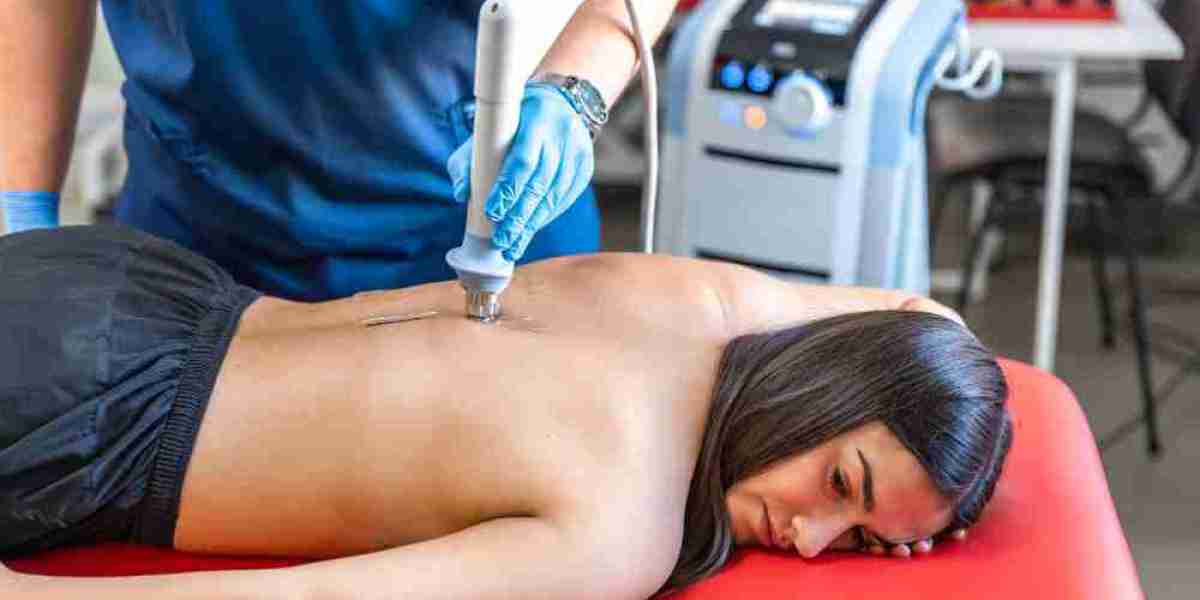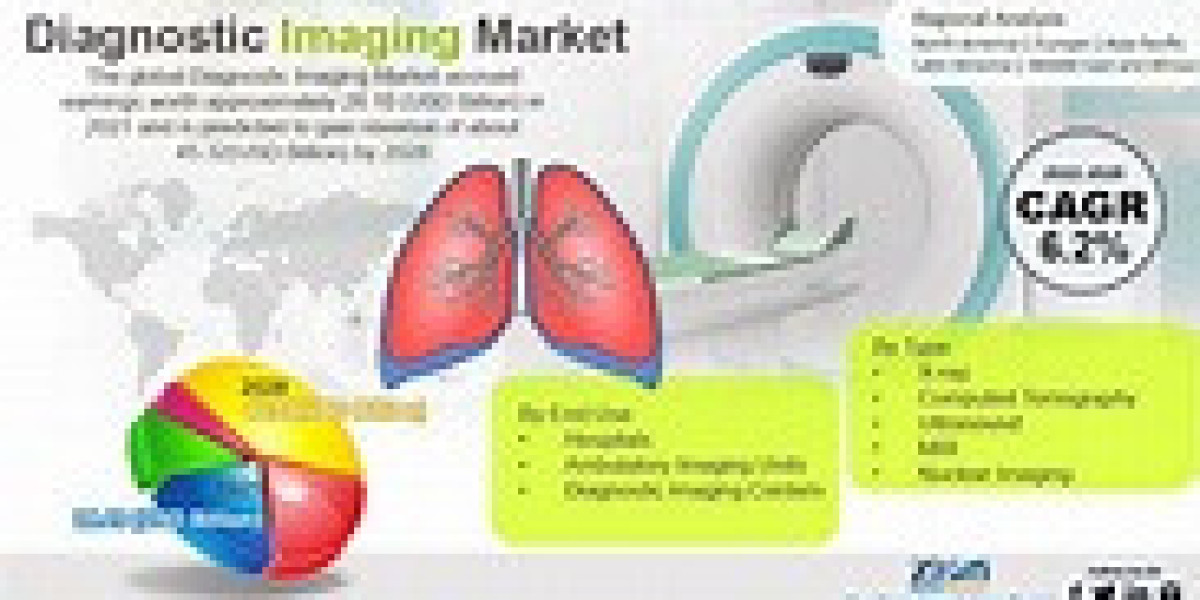Pain, whether chronic or acute, is something many of us experience at some point in our lives. For those suffering from long-term discomfort or conditions that don’t seem to improve with conventional treatments, finding an effective solution is crucial. One such treatment that has gained a lot of attention is laser therapy for pain. But how does laser therapy for pain work? Let’s dive into the details, exploring its mechanisms, benefits, and how it can be an effective solution for pain relief.
What Is Laser Therapy for Pain?
Laser therapy, sometimes referred to as low-level laser therapy (LLLT), is a non-invasive treatment that uses focused light to treat various conditions. It works by applying specific wavelengths of light energy to the affected area of the body. The light penetrates the skin and reaches deeper tissues, such as muscles and joints, to stimulate healing. This process helps reduce pain, inflammation, and promotes tissue repair.
Unlike traditional laser surgery, laser therapy for pain is safe, non-thermal, and doesn’t cause any cuts or damage to the skin. The light energy from the laser can target specific areas without affecting surrounding tissues, providing precise pain relief and promoting healing.
How Does Laser Therapy for Pain Work?
So, how does laser therapy for pain work in practical terms? The laser emits light energy that is absorbed by the tissues, particularly cells in the affected area. This absorption process stimulates a series of cellular activities, including increased circulation, reduced inflammation, and enhanced cellular repair.
The key mechanism behind laser therapy for pain is its ability to stimulate mitochondria, the powerhouses of our cells. This stimulation increases ATP (adenosine triphosphate) production, the energy source for cell functions. The more ATP available, the faster cells can repair themselves, reducing pain and inflammation in the process.
One important benefit of laser therapy for pain is that it helps promote faster tissue regeneration. Whether you're dealing with muscle strains, joint inflammation, or soft tissue injuries, the laser encourages the repair process, reducing the overall recovery time.
Benefits of Laser Therapy for Pain
Laser therapy has been proven effective in treating a wide range of pain-related conditions. Some of the key benefits include:
- Pain Reduction: Laser therapy helps reduce pain by increasing blood flow and decreasing inflammation in the treated area.
- Accelerated Healing: By stimulating the production of ATP, it speeds up the healing process, making recovery faster.
- Non-Invasive: Since laser therapy doesn’t involve surgery or medication, it’s a gentle option for pain management.
- Reduced Inflammation: Laser therapy helps decrease swelling and irritation, which are common causes of pain.
- Improved Circulation: The light from the laser boosts blood flow, which accelerates the delivery of oxygen and nutrients to injured areas.
At GCSP Clinic, we offer personalized laser therapy treatments tailored to your specific needs, ensuring the best possible outcomes for pain relief and healing.
Conditions Treated with Laser Therapy for Pain
Laser therapy has shown great promise in treating several conditions, especially those associated with musculoskeletal pain. Some common conditions treated with this therapy include:
- Arthritis and Joint Pain: Laser therapy can reduce inflammation in the joints and relieve chronic pain, helping improve mobility.
- Back and Neck Pain: Whether from injury or chronic conditions like herniated discs, laser therapy can reduce muscle stiffness and pain.
- Tendonitis and Bursitis: The therapy targets inflammation in tendons and bursa, offering relief from conditions like tennis elbow and shoulder pain.
- Sports Injuries: Laser therapy is widely used to speed up recovery from sports injuries, such as sprains, strains, and ligament damage.
- Post-Surgical Pain: For individuals recovering from surgery, laser therapy can help reduce swelling and promote healing of tissues.
GCSP Clinic provides effective treatment for these and other conditions, using advanced laser therapy techniques to promote healing and alleviate pain.
How Long Does It Take to See Results?
The results of laser therapy for pain can vary depending on the severity of the condition and the individual’s response to treatment. However, many patients report experiencing relief after just a few sessions. Some may feel improvements after a single treatment, while others may require several sessions over the course of a few weeks.
Typically, a session lasts between 5 and 30 minutes, depending on the size and depth of the area being treated. The treatment itself is painless, and most patients feel relaxed during the process. At GCSP Clinic, our specialists will guide you through the entire process, ensuring you understand what to expect.
What to Expect During and After Treatment
During a laser therapy session, a hand-held laser device will be applied to the affected area. The practitioner will move the device around the treatment site, allowing the laser energy to penetrate the skin and reach the underlying tissues. Some patients may experience a mild warming sensation, but the process is generally painless.
After the session, you may notice a reduction in pain and inflammation. In some cases, a mild soreness may occur, similar to how you might feel after light exercise, but this is temporary. Over time, as the body responds to the therapy, you should experience greater mobility and less discomfort.
Is Laser Therapy Safe?
Yes, laser therapy for pain is considered safe when administered by trained professionals. It is FDA-approved for a variety of uses, including pain relief, and has a long track record of success. The treatment is non-invasive and doesn’t require recovery time, allowing you to return to your daily activities immediately after a session.
However, laser therapy is not recommended for individuals with certain conditions, such as active cancer or pregnancy. It’s important to consult with a healthcare provider at GCSP Clinic to determine if laser therapy is right for you.
Conclusion: GCSP Clinic is Right Choice for Laser Therapy for Pain
GCSP Clinic stands out as a leading provider of laser therapy for pain. With a team of experienced professionals dedicated to improving your well-being, we offer customized treatment plans designed to address your unique needs. Whether you’re dealing with chronic pain, recovering from an injury, or seeking an alternative to traditional pain management methods, laser therapy at GCSP Clinic can provide the relief you’re looking for.
By combining advanced technology, professional expertise, and a patient-centered approach, we are committed to helping you live a pain-free and active life. If you're ready to experience the benefits of laser therapy for pain, reach out to GCSP Clinic today for a consultation, and take the first step toward a more comfortable, pain-free life.
5 Most Asked Questions About Laser Therapy for Pain
How does laser therapy for pain work? Laser therapy uses light energy to penetrate tissues, stimulating cells and promoting healing while reducing pain and inflammation.
Is laser therapy effective for chronic pain? Yes, laser therapy is effective for chronic pain, particularly in conditions like arthritis, back pain, and joint inflammation.
How long does it take to feel relief from laser therapy? Some patients experience relief after just one session, while others may need several treatments over a few weeks.
Does laser therapy for pain hurt? No, laser therapy is painless and non-invasive, with most patients only feeling a mild warmth during the treatment.
Can laser therapy be used with other treatments? Yes, laser therapy can be combined with other pain management treatments, including physical therapy, to enhance healing and improve results.






